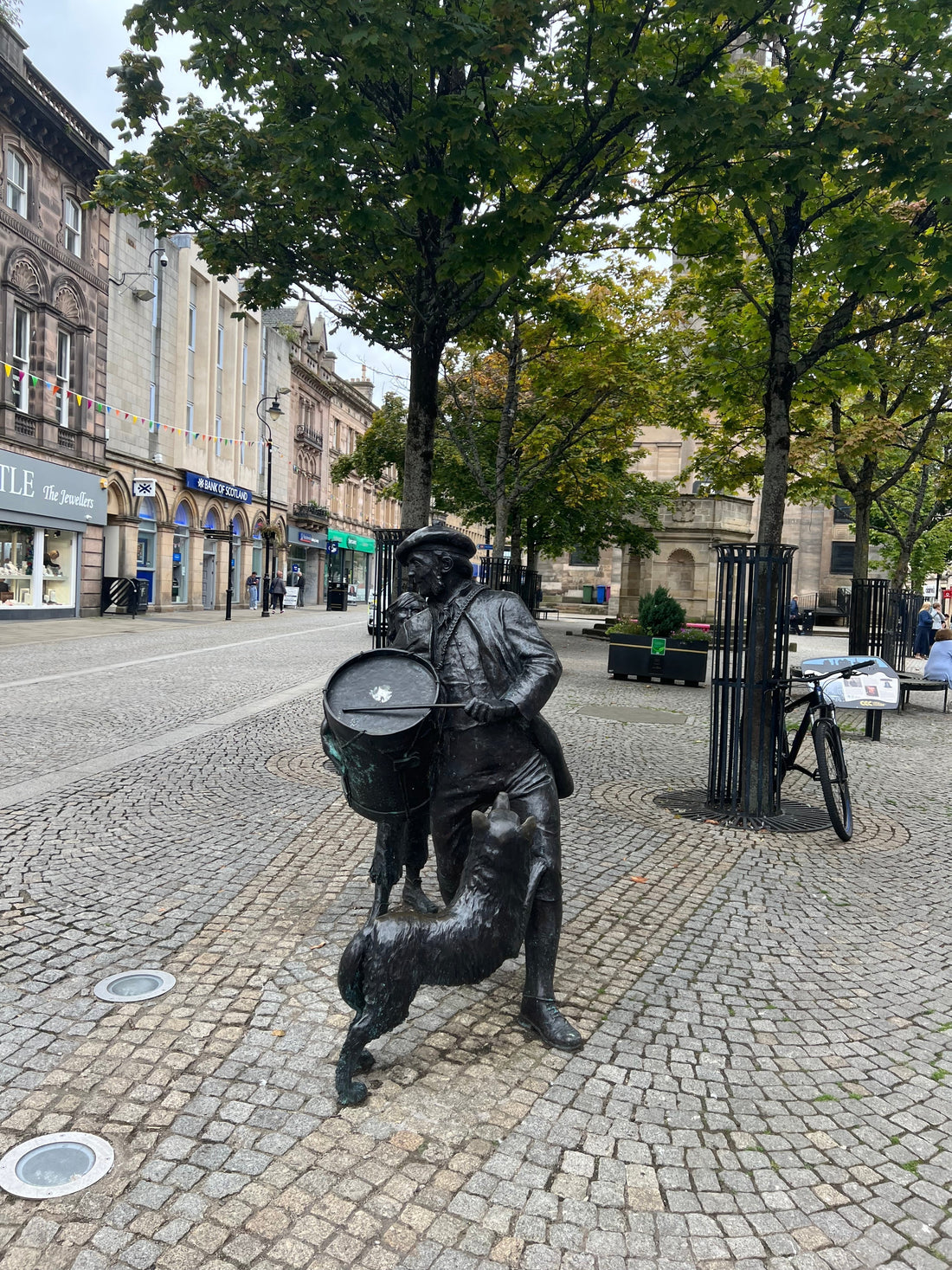
Glen Elgin Distillery
Share
Glen Elgin is one of several distilleries located just outside the Speyside town of Elgin. Elgin is not a large city but with an actual high street featuring shops, cafes and pubs it feels like a bustling center of commerce compared to many of the smaller hamlets in the Speyside region. Rounding out the town are Johnston’s of Elgin, a world-famous cashmere weaver and the Gordon and MacPhail retail store. Both complement the whisky tourism boom in the region stemming from the 50+ Speyside distilleries, including Glen Elgin.
Glen Elgin was founded at the turn of the 20th century in 1898 by two prosperous bankers, William Simpson and James Carle. Famed architect Charles Doig was behind the distiller’s design, which took roughly two years to complete. By the time it opened in 1900, the whisky boom was over, and Glen Elgin was an unfortunate casualty of the downturn, shutting down just five months after production commenced. Glen Elgin continued to struggle during its early years with ownership changes, more shutdowns and closures. In 1964, the original distillery was demolished and replaced with a newer, larger and more modern facility. Capacity tripled with the number of stills increasing from two to six but traditional elements of distilling were retained and remain in place even today.
Glen Elgin malt is still used primarily in blends, namely White Horse and is prized by blenders for its fruity flavors. This is attributed to Glen Elgin’s long fermentation, slow distillation and worm tub condensers. Although it’s now owned by Diageo, Glen Elgin still maintains a lot of the handcrafted feel of distilleries past. Only a 12-year single malt is officially released by Diageo. Most single malt Glen Elgin is released by independent bottlers who showcase the distillate at various age statements and with a plethora of cask finishes.